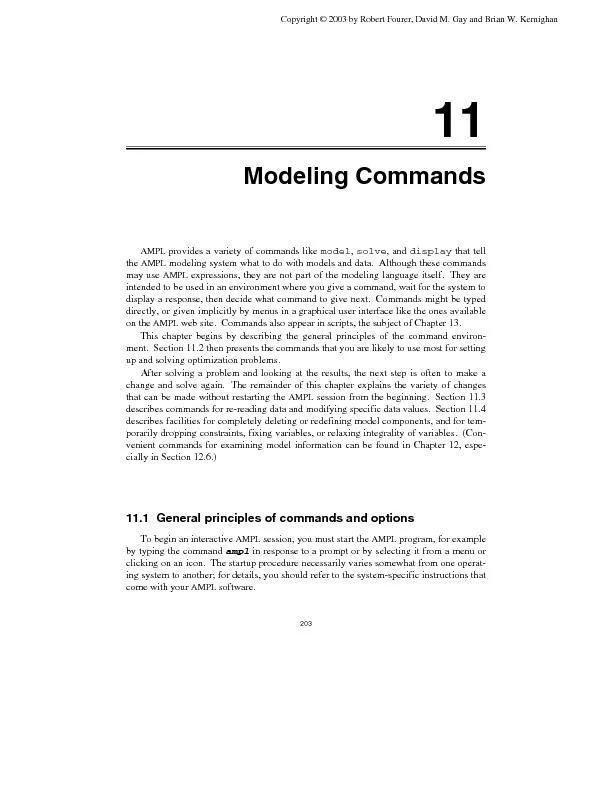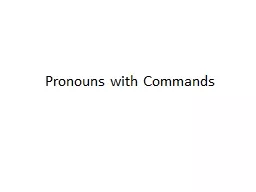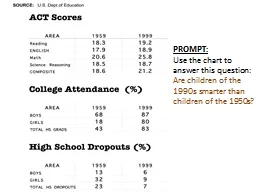PDF-MODELING COMMANDS CHAPTER 11Whenever you see this prompt,is ready to r
Author : alexa-scheidler | Published Date : 2016-08-18
SECTION 111 GENERAL PRINCIPLES OF COMMANDS AND OPTIONSis followed by a name and a value it resets the named option to thespecified value In the following example
Presentation Embed Code
Download Presentation
Download Presentation The PPT/PDF document "MODELING COMMANDS CHAPTER 11Whenever you..." is the property of its rightful owner. Permission is granted to download and print the materials on this website for personal, non-commercial use only, and to display it on your personal computer provided you do not modify the materials and that you retain all copyright notices contained in the materials. By downloading content from our website, you accept the terms of this agreement.
MODELING COMMANDS CHAPTER 11Whenever you see this prompt,is ready to r: Transcript
Download Rules Of Document
"MODELING COMMANDS CHAPTER 11Whenever you see this prompt,is ready to r"The content belongs to its owner. You may download and print it for personal use, without modification, and keep all copyright notices. By downloading, you agree to these terms.
Related Documents














